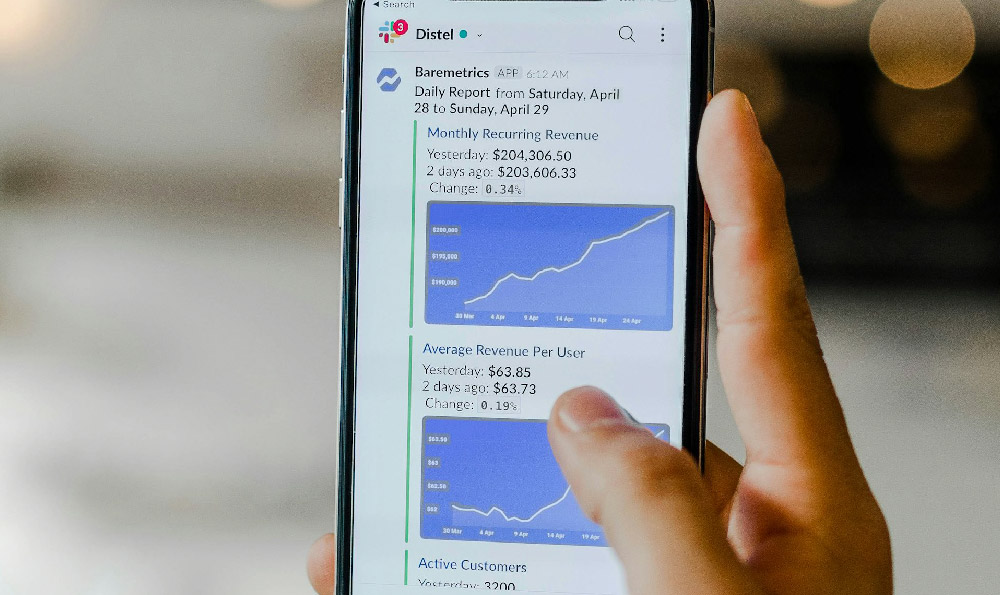The financial landscape of professional basketball, particularly within the NBA, is often perceived through the lens of highlight reels and endorsement deals. However, understanding the true economic realities of a basketball player's earnings requires delving into the intricacies of contracts, collective bargaining agreements, and the diverse revenue streams that contribute to their overall compensation. Examining this topic reveals a complex system where both staggering wealth and more modest incomes coexist.
At the pinnacle of the sport, superstar players command salaries that can reach tens of millions of dollars per year. These astronomical figures are primarily dictated by the NBA's collective bargaining agreement (CBA), a legally binding agreement between the league and the players' union, the National Basketball Players Association (NBPA). The CBA sets forth rules regarding player compensation, including salary caps, maximum salaries, and various exceptions that allow teams to exceed the cap under specific circumstances.
The maximum salary a player can earn is determined by their years of NBA experience. Players with 0-6 years of experience are eligible for a maximum salary that is a percentage of the league's salary cap, typically around 25%. Those with 7-9 years of experience can earn up to 30% of the cap, and players with 10 or more years of experience can command up to 35% of the cap. Given the NBA's rising revenue and consequently, the escalating salary cap, these percentages translate into increasingly significant dollar amounts. In recent years, top players have signed contracts exceeding $50 million per year.

While these maximum contracts generate headlines, it is important to remember that the vast majority of NBA players do not earn such exorbitant sums. The CBA also establishes a minimum salary for players, which varies based on their years of service. Rookie players, for instance, earn significantly less than veterans, and their salaries are often dictated by the NBA's draft scale. This scale outlines the approximate salary range for each draft pick, providing teams with a framework for negotiating rookie contracts.
Beyond the maximum and minimum salaries, a multitude of factors influence a player's earning potential. Individual performance, marketability, and team needs all play a crucial role. Players who consistently perform at a high level, possess exceptional skills, and contribute significantly to their team's success are more likely to command larger contracts. Furthermore, players with strong public personas and the ability to attract endorsements are often more valuable to teams.
However, the structure of the NBA contract system introduces complexity. Guaranteed money, player options, and team options can all significantly impact a player's earnings. Guaranteed money refers to the portion of a contract that a player is guaranteed to receive, regardless of injury or performance. Player options allow a player to terminate their contract early and become a free agent, while team options give the team the right to extend a player's contract for an additional year. These clauses can provide players with greater financial security and flexibility or, conversely, allow teams to control their roster and manage their salary cap more effectively.
Beyond their base salaries, basketball players often supplement their income through endorsements and sponsorships. These deals can range from partnerships with major athletic apparel brands to collaborations with local businesses. The value of an endorsement deal is typically determined by a player's popularity, marketability, and brand alignment. Players like LeBron James and Stephen Curry, who possess global recognition and a strong connection with fans, command lucrative endorsement contracts that can rival or even exceed their on-court earnings.
The earning potential of a basketball player extends beyond the NBA as well. Many players choose to pursue careers in international leagues after their time in the NBA or even as an alternative to it. European leagues, for example, offer competitive salaries and opportunities for players to showcase their talent on a global stage. While salaries in international leagues are generally lower than in the NBA, they can still provide a comfortable living and allow players to continue their professional careers.
Furthermore, the career trajectory of a basketball player is relatively short compared to other professions. The physical demands of the sport take a toll on the body, and most players retire by their mid-thirties. This relatively brief career span underscores the importance of financial planning and responsible money management. Players must carefully consider their long-term financial goals and make informed decisions about investments, retirement savings, and potential post-career opportunities.
Financial advisors play a critical role in helping basketball players navigate the complexities of their finances. These advisors provide guidance on budgeting, investment strategies, tax planning, and estate planning. They help players make informed decisions about their money and ensure that they are prepared for life after basketball. A competent financial advisor is an essential asset for any professional athlete, helping them to preserve their wealth and secure their financial future.
In conclusion, the earnings of basketball players are a multifaceted issue influenced by numerous factors. While superstar players command multi-million dollar salaries and lucrative endorsement deals, the majority of players earn more modest incomes. The NBA's collective bargaining agreement, individual performance, marketability, and financial planning all play a critical role in determining a player's overall compensation. Understanding the financial realities of professional basketball requires a nuanced perspective that considers both the extraordinary wealth at the top and the more common experiences of players throughout the league. The key to long-term financial success lies in responsible money management, sound investment strategies, and the guidance of experienced financial advisors.












